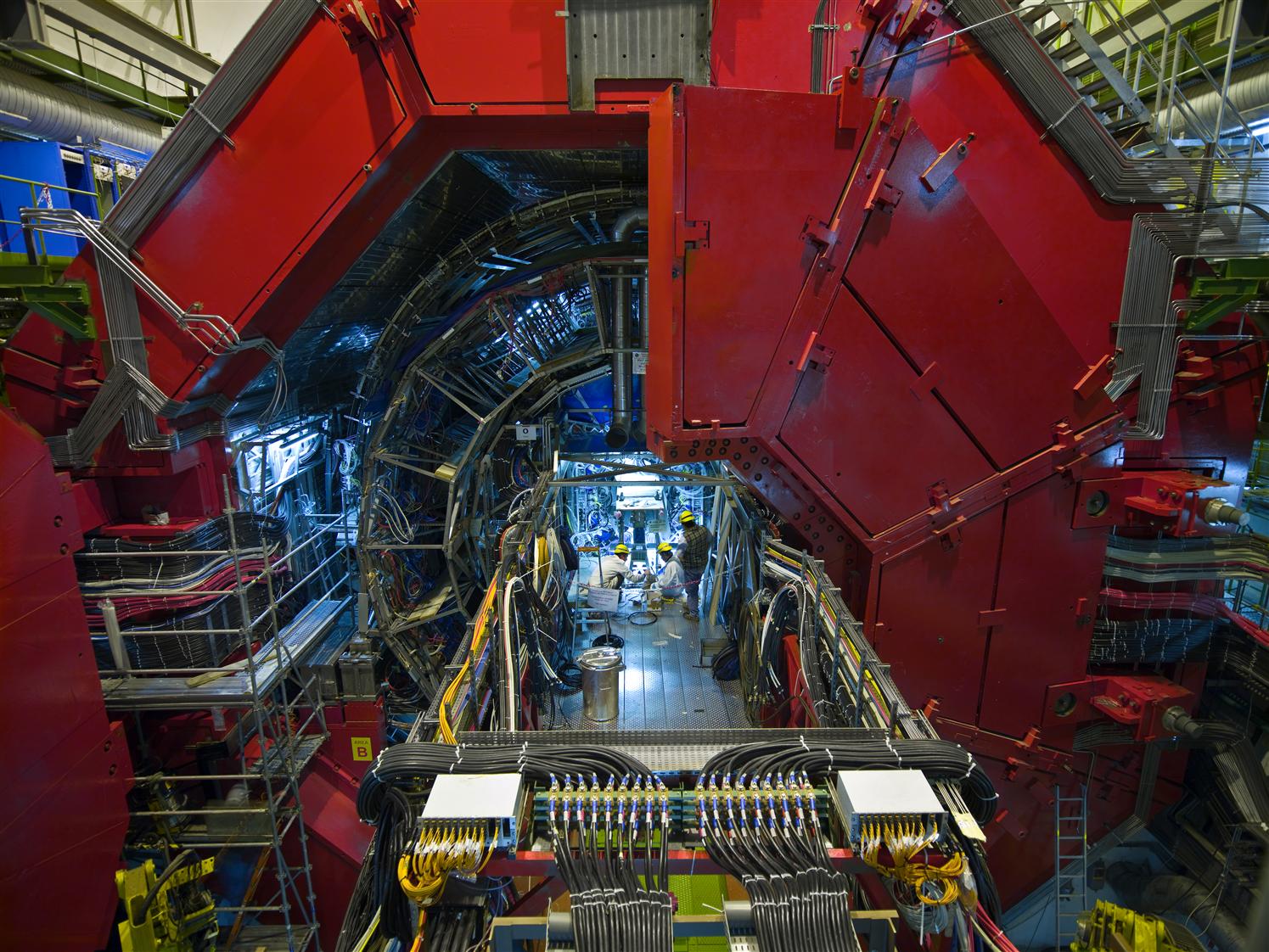Recently astronomers caught a strange mystery: extremely high-energy particles spitting out of the surface of the Sun when it was relatively calm. Now a team of theorists have proposed a simple solution to the mystery. We just have to look a little bit under the surface.
In 2022 the High Altitude Water Cherenkov (HAWC) observatory detected a flash of extremely high gamma ray radiation coming from the disk of the sun. To generate that kind of radiation required a particle with TeV energies slamming into another particle. This observation came on the heels of over six years worth of observations with the Fermi Large Area Telescope in orbit of the Earth. That telescope found significant gamma ray detections also coming from the Sun. Those detections were of lower energy than the HAWC results, but pointed in the same general direction.
What was especially surprising about these observations was that these remarkably high-energy particles seemed to be emitted from the Sun when it was in a relatively quiet state. Occasionally solar storms and flares rip across the surface of the Sun, and naturally these generate enormous amounts of energies which can easily create high-energy particles. But when the Sun is quiet it’s much harder to identify a sufficiently large source of energy to power these kinds of processes.
In a new paper a team of theoretical astrophysicists have proposed a solution. It seems that the mystery of the high-energy particles coming from the Sun is only skin deep. The photosphere is the outermost visible layer of the Sun which emits the light that we can see. The researchers confirmed earlier calculations that there is no process in the photosphere or just above it that has the required energy.
But the layer just below the photosphere, known as the chromosphere, can have enough energy. The turbulent motions of plasma within the chromosphere and the complex tangled magnetic fields found there can take particles to very high energy levels. The particles themselves are cosmic rays, which rain into the solar system from the wider universe. The cosmic rays enter the Sun and reach the chromosphere, where they get tangled up with the strong and complex magnetic fields there. They get accelerated to incredibly high energies and then spit back out of the Sun. Once free they slam into a random proton that happens to be hanging out near the surface of the Sun, which generates a flash of gamma ray radiation.
These results indicate that our Sun is capable of accelerating particles to very high energies very efficiently, even when there is nothing chaotic happening on the surface. Our Sun is a complex, dynamic, energetic star. And this work shows just how powerful it can be.

